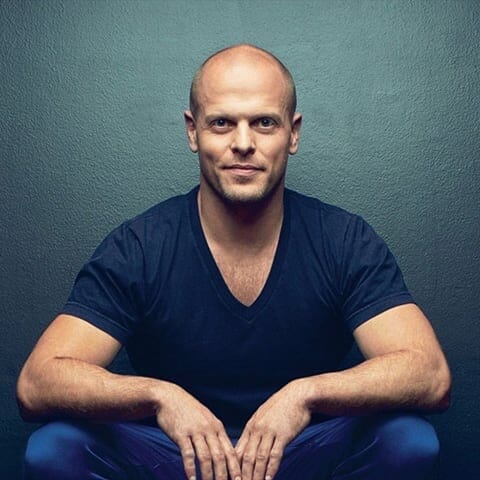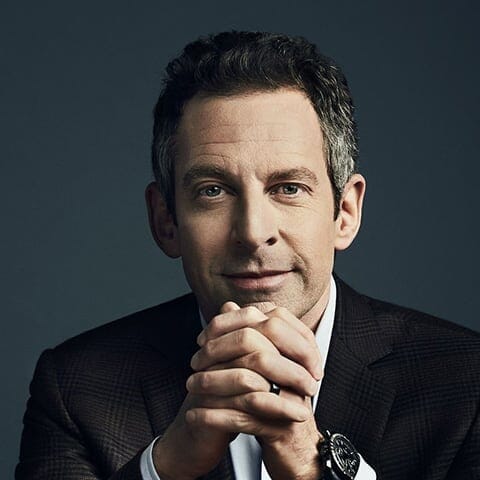 author
authorDiscover the Best Books Written by Gerald Jay Sussman
Gerald Jay Sussman is the Panasonic Professor of Electrical Engineering at the Massachusetts Institute of Technology (MIT). He received his S.B. and Ph.D. degrees in mathematics from MIT in 1968 and 1973, respectively. He has been involved in MIT's artificial intelligence (AI) research since 1964. His research has centered on understanding the problem-solving strategies used by scientists and engineers, aiming to automate parts of the process and formalize them to provide more effective methods of science and engineering education.
Sussman has also worked in computer languages, architecture, and Very Large Scale Integration (VLSI) design. As an undergraduate, Sussman attended the Massachusetts Institute of Technology and received his S.B. in mathematics in 1968. He continued his studies at MIT and obtained a Ph.D. in 1973, also in mathematics, under the supervision of Seymour Papert. His doctoral thesis was titled "A Computational Model of Skill Acquisition," focusing on artificial intelligence and machine learning using a computational performance model named HACKER.
Sussman is a coauthor (with Hal Abelson and Julie Sussman) of the introductory computer science textbook Structure and Interpretation of Computer Programs. It was used at MIT for several decades and has been translated into several languages. Sussman's contributions to artificial intelligence include problem-solving by debugging almost-right plans, propagation of constraints applied to electrical circuit analysis and synthesis, dependency-based explanation and dependency-based backtracking, and various language structures for expressing problem-solving strategies.
Sussman and his former student, Guy L. Steele Jr., invented the programming language Scheme in 1975. Sussman saw that artificial intelligence ideas could be applied to computer-aided design (CAD). With his graduate students, Sussman developed sophisticated computer-aided design tools for Very Large, Scale Integration (VLSI). Steele made the first Scheme chips in 1978. These ideas and the AI-based CAD technology to support them were further developed in the Scheme chips of 1979 and 1981.
The technique and experience developed were then used to design other special-purpose computers. Sussman was the principal designer of the Digital Orrery, a machine designed to do high-precision integrations for orbital mechanics experiments. The Orrery was designed and built by a few people in a few months, using AI-based simulation and compiling tools. Using the Digital Orrery, Sussman has worked with Jack Wisdom to discover numerical evidence for chaotic motions in the outer planets.
The Digital Orrery is now retired at the Smithsonian Institution in Washington, DC. Sussman was also the lead designer of the Supercomputer Toolkit, another multiprocessor computer optimized for evolving ordinary differential equations. Sussman and Wisdom used the Supercomputer Toolkit to confirm and extend the discoveries made with the Digital Orrery to include the entire planetary system. Sussman has pioneered using computational descriptions to communicate methodological ideas in Electrical Circuits and Signals and Systems teaching subjects.
Over the past decade, Sussman and Wisdom have developed a subject that uses computational techniques to communicate a deeper understanding of advanced classical mechanics. In Computer Science: Reflections on the Field, Reflections from the Field, he writes, "... computational algorithms are used to express the methods used to analyze dynamical phenomena. Expressing the methods in a computer language makes them unambiguous and computationally effective.
Students are expected to read the programs, extend them, and write new ones. The task of formulating a method as a computer-executable program and debugging that program is a powerful exercise in the learning process. Also, once formalized procedurally, a mathematical idea becomes a tool that can be used directly to compute results." Sussman and Wisdom, with Meinhard Mayer, have produced a textbook, Structure, and Interpretation of Classical Mechanics, to capture these new ideas.
Sussman and Abelson have also been a part of the free software movement, including releasing MIT/GNU Scheme as free software and serving on the board of directors of the Free Software Foundation. Sussman's work is presented in many videos, such as: with Hal Abelson in a full 20-lecture version of MIT's SICP course, for LispNYC, at the International Conference on Complex Systems, for ArsDigita University, and giving the keynote talk at a Strange Loop conference.
Best author’s book



Written books
1



















